
A research team has found that an antiviral drug available in Russia and a few other countries shows promising results when it comes to fighting Ebola virus disease.

A research team has found that an antiviral drug available in Russia and a few other countries shows promising results when it comes to fighting Ebola virus disease.

Researchers are gaining a greater understanding of the role that human genetics plays in determining who contracts tuberculosis as well as how severely it impacts its victims.

A recent study seeks to determine if the combination of minocycline with colistin could decrease the incidence of acute renal failure in those treated.

The latest WHO External Situation Report suggests that the plague outbreak that has been ravaging Madagascar for months may finally be winding down.
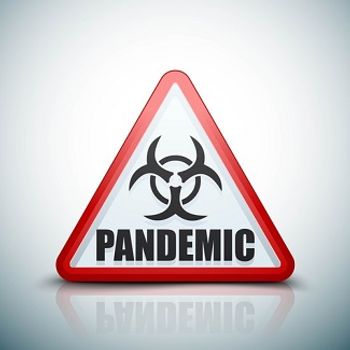
At a recent event called "The Next Pandemic," researchers agreed that the world is not ready for the next big flu pandemic and discussed what it will take to strengthen preparedness.

Congress has requested more information about how government agencies are currently using predictive modeling and simulation technologies to assess the country’s risk for outbreaks and prepare responses.
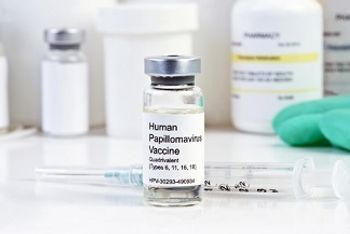
Researchers have found that human papillomavirus (HPV) vaccine may also protect against recurrent respiratory papillomatosis, a rare, but incurable childhood respiratory disease.

Clinicians should counsel individuals with HIV on avoiding health-related behaviors that may alter their gut microbiota and instead practices those that may decrease inflammation.

The FDA has approved the first sensor-equipped pill capable of digitally tracking whether patients are adhering to their prescribed medications.

The results of a new study may provide a basis for estimating appropriate dosing regimens of ceftolozane/tazobactam in patients with cystic fibrosis.

A recent outbreak of Legionnaires’ disease at Disneyland in Anaheim, California, shows that even the “happiest place on earth” isn’t immune to this virulent pathogen.
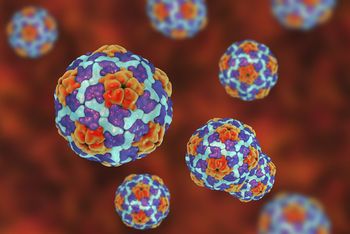
As the hepatitis A outbreak in San Diego continues, officials focus their efforts on homeless encamped along the San Diego River. Is the situation improving or getting worse?

A new study suggests that village clinics are not properly dealing with the ongoing problem of tuberculosis in rural China.

With 264 vaccines in the pipeline in the United States, the future for the prevention of diseases appears to be extremely bright.

Hospital employees are increasingly using hospital infection rates to highlight gaps in training, education, and staffing.

Stay up-to-date on the latest infectious disease news by checking out our top 5 articles of the week.

Studies have proven that undetectable levels of HIV mean an individual cannot transmit the virus to someone else. Now the word needs to spread.
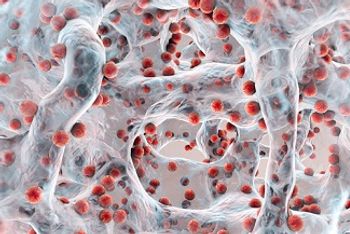
Researchers from the Ohio State University Wexner Medical Center have found that special electric bandages can disrupt biofilm infection and enable healing in already infected burn wounds.

The vaccine is the only 2-dose regimen for the prevention of infection by all known subtypes of hepatitis b in adults 18 and older.

In a new study, a pair of Australian virologists argue that we cannot predict virus outbreaks, looking at the “fault lines” of interaction between humans and animals may help us be better prepared.

PREVYMIS, or letermovir, has just received approval from the US Food and Drug Administration (FDA) to be administered orally via once-daily tablets and through injection for intravenous use.

In a story that could be straight out of the 1980s, health officials in the state of West Virginia have stated they are dealing with a major outbreak of HIV infections in the southern part of the state.
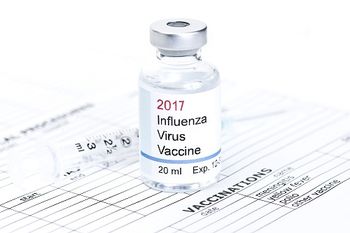
Two new studies highlight just why the flu vaccine isn’t working and one new approach that may give way to a universal vaccine.

Remembering the links between infectious diseases such as influenza and HIV, among others, and mental health can improve patient outcomes.

A new study gleans troubling findings—four in 10 health care providers choose to go to work despite experiencing symptoms of infectious disease.

Contagion® will be providing exclusive coverage on the conference. Keep your eyes peeled for session coverage and interviews with some of the key presenters.

Recent data demonstrated that small doses of raltegravir could lead patients developing malignancies; however, the observations had not yet been substantiated.

The US Food and Drug Administration (FDA) has cleared a complete blood cell count (CBC) test that, based on its categorization, can be run in more health care settings.

While a new FDA report shows antibiotic resistance remains low among many food-borne bacteria, some pathogens are increasingly showing multidrug resistance.

Can we track Clostridium difficile infections to see how patient movements result in exposures?